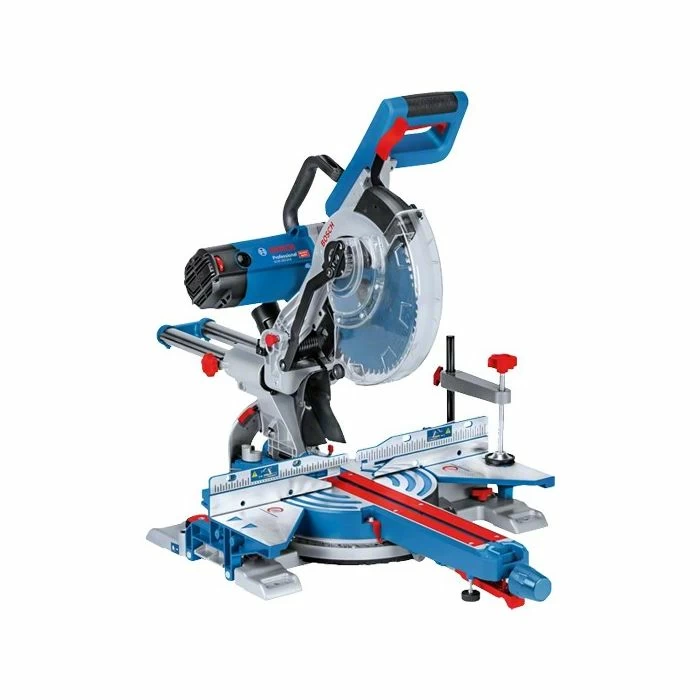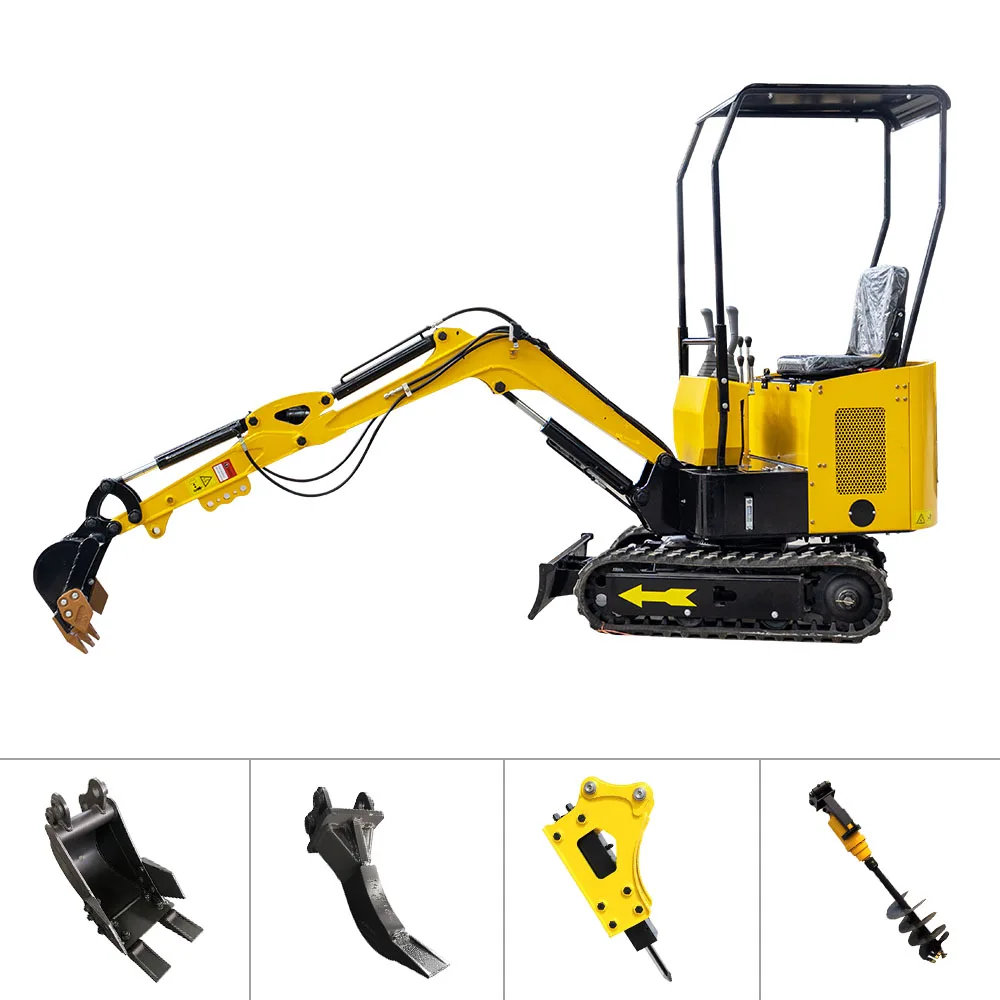
Mini Excavator: The Versatile Powerhouses of Construction
Introduction: The Rise of Mini Excavators
Mini excavator have revolutionized the construction industry. These compact powerhouses offer versatility and efficiency on job sites of all sizes. Their small footprint allows access to tight spaces where larger machinery can’t reach. This makes them invaluable for urban construction, landscaping, and home renovation projects. Mini excavators come equipped with a variety of attachments. These add-ons transform the machine into a multi-functional tool. From digging and trenching to demolition and material handling, mini excavators tackle diverse tasks with ease. The popularity of these machines continues to grow.
Construction companies, contractors, and DIY enthusiasts alike recognize their potential. Mini excavators boost productivity while reducing labor costs and time on site. They also minimize damage to existing structures and landscapes. This combination of efficiency and gentleness makes them a top choice for many projects. As technology advances, mini excavators become even more sophisticated. New features enhance their performance, comfort, and safety. This guide will explore the world of mini excavators in depth. It will cover their applications, benefits, and key considerations for buyers and operators. Whether you’re a seasoned professional or a curious newcomer, this information will prove invaluable. Let’s dive into the compact yet mighty world of mini excavators.

The Anatomy of a Mini Excavator: Understanding the Basics
Mini excavators pack a lot of power into a small package. Understanding their components helps operators maximize their potential. The boom, arm, and bucket form the business end of the machine. These parts work together to dig, lift, and move materials. The operator controls these functions from the cab. Most mini excavators feature a 360-degree slew ring. This allows the upper structure to rotate fully, increasing versatility on tight job sites. The undercarriage supports the machine’s weight and provides mobility. It typically includes rubber tracks, which offer good traction and minimal ground disturbance. Some models come with expandable tracks for added stability.
The engine powers all functions of the mini excavator. Modern machines often feature fuel-efficient, low-emission engines. This reduces operating costs and environmental impact. Hydraulic systems drive the excavator’s movements. They provide the force needed for digging and lifting operations. Many mini excavators come equipped with auxiliary hydraulics. These power attachments like breakers, augers, and grapples. The operator’s cab houses controls and displays. Ergonomic design ensures comfort during long work hours. Safety features like ROPS (Roll Over Protective Structure) protect the operator. Understanding these components helps operators work more efficiently and safely with mini excavators.
Applications Galore: Versatility of Mini Excavators
Mini excavators prove their worth across a wide range of industries and applications. In residential construction, they excel at digging foundations and utility trenches. Their compact size allows them to work in established neighborhoods without damaging existing structures. Landscapers rely on mini excavators for tasks like grading, hole digging, and hardscape installation. The machines’ precision control makes them ideal for delicate landscaping work. In agriculture, mini excavators assist with tasks like fence post installation and drainage work. Their light footprint minimizes damage to fields and crops. Utility companies use mini excavators for underground cable and pipe installation.
The machines can dig precise trenches in confined urban areas. In demolition projects, mini excavators equipped with specialized attachments tackle selective demolition tasks. They can work inside buildings, accessing areas larger machines can’t reach. Road construction crews use mini excavators for tasks like curb and gutter work. The machines’ maneuverability allows them to work alongside traffic with minimal disruption. Even industries like archaeology benefit from mini excavators. Their precise control allows for careful excavation of delicate sites. The versatility of mini excavators continues to grow with new attachments and innovations. This adaptability makes them a valuable asset for businesses across various sectors.
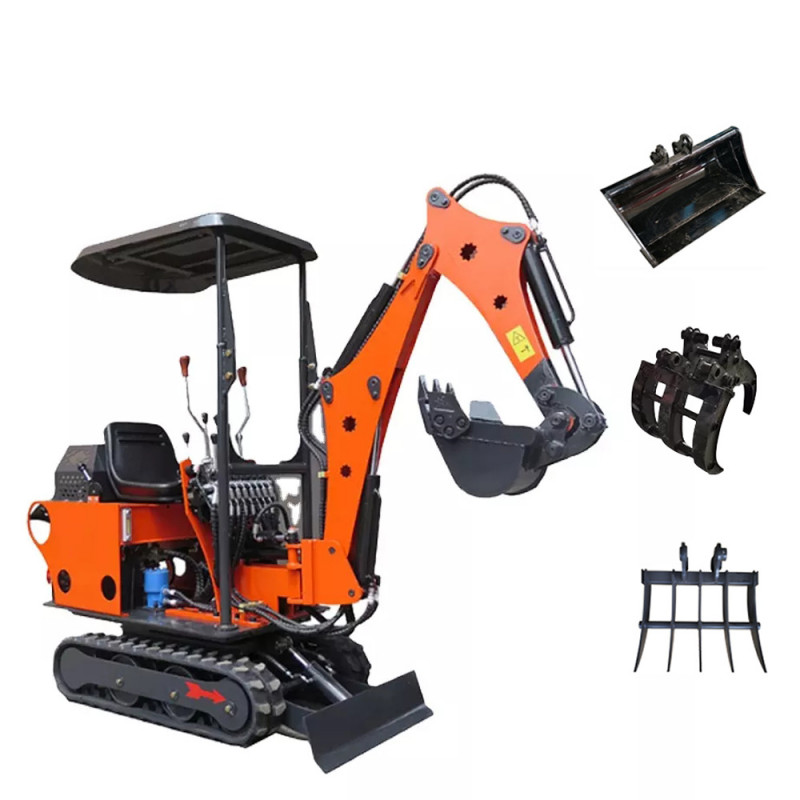
Size Matters: Choosing the Right Mini Excavator
Selecting the appropriate size mini excavator is crucial for project success. These machines come in a range of sizes, typically from 0.8 to 8 tons. Smaller models offer maximum maneuverability in tight spaces. They work well for indoor demolition or backyard projects. However, they have limited digging depth and lifting capacity. Mid-size mini excavators balance power and compactness. They handle a wider range of tasks while still fitting through standard doorways. These machines are popular for general construction and landscaping work. Larger mini excavators provide more power and stability. They excel at deeper excavation and heavier lifting tasks.
However, they may struggle in very confined spaces. When choosing a size, consider the typical job sites and tasks. Think about transportation requirements as well. Smaller machines are easier to trailer between job sites. Larger models may require special transportation arrangements. Also, consider the machine’s reach and digging depth. Ensure it can handle the deepest excavation your projects require. Lifting capacity is another important factor. Make sure the machine can handle the heaviest materials you’ll encounter. Some models offer expandable undercarriages for added stability. This feature provides versatility across different job site conditions. By carefully considering these factors, you can choose a mini excavator that perfectly fits your needs.
Power and Performance: Engine and Hydraulic Systems
The heart of any mini excavator lies in its engine and hydraulic systems. These components determine the machine’s power, efficiency, and overall performance. Modern mini excavators feature advanced diesel engines. These powerplants offer a balance of power and fuel efficiency. Many manufacturers now incorporate tier 4 engines. These meet strict emissions standards, reducing environmental impact. Some models even offer electric or hybrid options for zero-emission operation. The hydraulic system translates engine power into mechanical force. It drives the boom, arm, and attachments. Advanced hydraulic systems offer precise control and smooth operation. Many mini excavators feature load-sensing hydraulics. This technology adjusts oil flow based on the task at hand.
It improves efficiency and reduces fuel consumption. Auxiliary hydraulics expand the machine’s versatility. They power a wide range of attachments, from breakers to augers. Some models offer multiple auxiliary circuits for operating complex attachments. Engine and hydraulic cooling systems play a crucial role in performance. They prevent overheating during prolonged operation or in hot climates. Many mini excavators now feature auto-idle functions. These reduce engine speed when the machine isn’t working. This feature saves fuel and reduces noise pollution on job sites. When evaluating mini excavators, pay close attention to these systems. They directly impact the machine’s capabilities and operating costs.
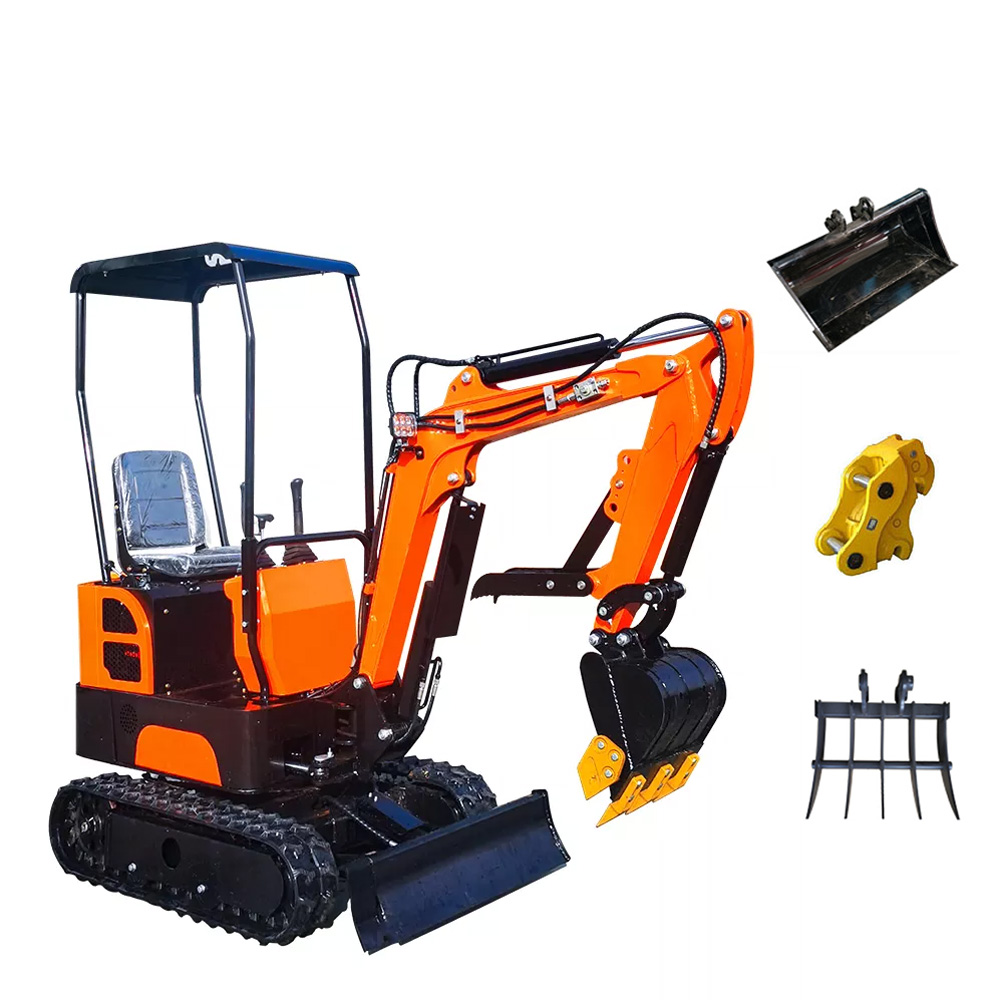
Comfort and Control: The Operator’s Experience
The operator’s comfort and control significantly impact productivity and safety. Mini excavator manufacturers recognize this and continually improve cab design. Modern cabs offer spacious interiors with excellent visibility. Large windows and slim pillars provide a clear view of the work area. This enhances safety and improves digging accuracy. Ergonomic controls reduce operator fatigue during long work hours. Joysticks place all major functions within easy reach. Many models offer adjustable seats and armrests for optimal comfort. Climate control systems keep operators comfortable in all weather conditions. This feature extends working hours and improves productivity. Noise reduction technologies create a quieter work environment.
This reduces operator stress and fatigue over long shifts. Advanced display screens provide crucial information at a glance. They show engine status, fuel levels, and hydraulic system performance. Some models offer customizable displays to suit operator preferences. Safety features like emergency stop buttons are easily accessible. ROPS and FOPS protect the operator in case of rollovers or falling objects. Many mini excavators now offer multiple operating modes. These optimize performance for different tasks and operator skill levels. Some advanced models even offer semi-autonomous functions. These assist with tasks like grading and leveling. Comfortable, well-designed cabs lead to more productive and safer operations. When choosing a mini excavator, don’t overlook the importance of operator comfort and control.
Attachments: Expanding Versatility and Functionality
Attachments transform mini excavators into multi-functional tools. They greatly expand the machine’s capabilities and versatility. Buckets come in various sizes and styles for different digging tasks. General-purpose buckets handle most excavation work. Grading buckets create smooth, level surfaces. Tilt buckets offer added flexibility for sloping and grading. Hydraulic breakers turn mini excavators into powerful demolition tools. They break up concrete, asphalt, and rock with ease. Augers drill holes for fence posts, tree planting, and foundation work. They come in various sizes to suit different soil conditions. Grapples prove useful for demolition and material handling tasks. They securely grip and move irregularly shaped objects.
Hydraulic thumbs work alongside buckets for improved material handling. They help with tasks like clearing brush and handling pipes. Compaction wheels transform mini excavators into efficient compactors. They work well in trenches where larger machines can’t reach. Rippers loosen hard soil or break up asphalt surfaces. This attachment proves invaluable in tough ground conditions. Quick couplers allow rapid attachment changes without leaving the cab. This feature significantly reduces downtime between tasks. When selecting attachments, consider compatibility with your specific model. Ensure your machine’s hydraulic system can power the chosen attachments. Proper attachment selection can significantly increase a mini excavator’s versatility and value.
Maintenance Matters: Keeping Your Mini Excavator in Top Shape
Regular maintenance ensures mini excavators perform optimally and last longer. A well-maintained machine operates more efficiently and safely. It also retains higher resale value. Daily inspections form the foundation of good maintenance practices. Check fluid levels, including engine oil and hydraulic fluid, before each use. Inspect the tracks for proper tension and signs of wear. Look for any loose bolts or damaged components. Greasing points should receive attention according to the manufacturer’s schedule. Proper lubrication reduces wear and extends component life. The engine air filter requires regular cleaning or replacement. This prevents dust and debris from damaging the engine. Hydraulic system maintenance is crucial for optimal performance.
Replace hydraulic filters according to the recommended schedule. Use the correct grade of hydraulic fluid for your specific model. Track tension requires periodic adjustment. Proper tension reduces wear and improves machine stability. Over-tightened tracks can cause excessive wear and reduced fuel efficiency. The cooling system needs regular inspection and cleaning. Clogged radiators can lead to overheating and reduced performance. Pay attention to warning lights and error codes on the display panel. Address issues promptly to prevent more serious problems. Keep detailed maintenance records for each machine. This helps track service history and plan for future maintenance needs. Consider partnering with a reputable dealer for major services and repairs. They have the expertise and tools to handle complex maintenance tasks. By following a rigorous maintenance schedule, you’ll maximize your mini excavator’s lifespan and performance.
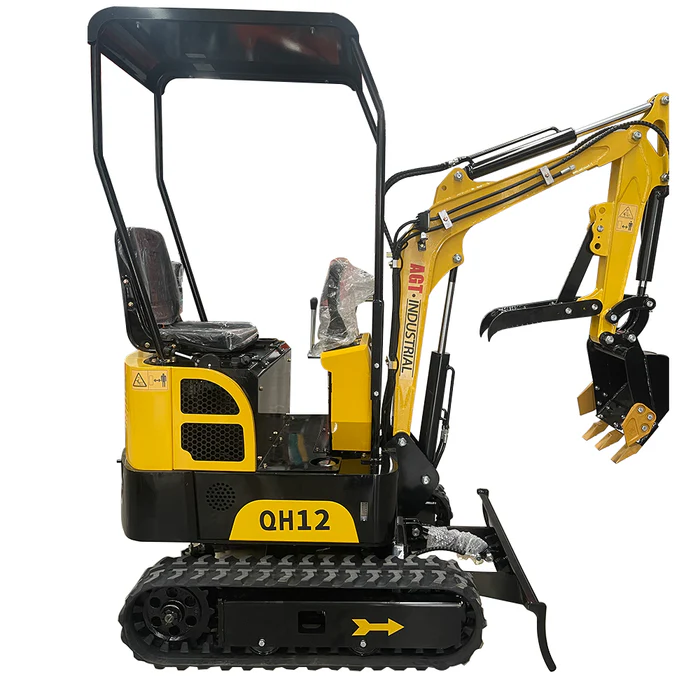
Safety First: Best Practices for Mini Excavator Operation
Safety should always be the top priority when operating mini excavators. Proper training forms the foundation of safe operation. All operators should receive thorough instruction on the specific model they’ll use. Personal protective equipment (PPE) is essential. Hard hats, safety glasses, and steel-toed boots protect against common hazards. High-visibility clothing helps others on the job site spot the operator. Always conduct a thorough site inspection before beginning work.
Identify potential hazards like overhead power lines or underground utilities. Use spotters when working in tight spaces or near structures. They provide an extra set of eyes to prevent accidents. Never exceed the machine’s rated lift capacity. Overloading can cause tipping, potentially injuring the operator and others nearby. Keep the work area clear of unnecessary personnel. Establish a clear zone around the machine’s swing radius.
Pay close attention to the terrain. Avoid operating on steep slopes that exceed the machine’s capabilities. When traveling, keep the bucket low to the ground for better stability. Always buckle the seat belt when operating the machine. This keeps the operator secure in case of unexpected movement. Never use the bucket or attachments to lift people. Mini excavators are not designed as personnel lifts. Shut down the engine and lower all attachments when exiting the machine. Never leave a running machine unattended. By following these safety practices, operators can significantly reduce the risk of accidents and injuries on the job site.
Conclusion: The Mini Excavator’s Big Impact
Mini excavators have proven their worth across numerous industries. Their compact size and versatility make them indispensable on modern job sites. From construction and landscaping to agriculture and utilities, these machines tackle diverse tasks with ease. The ability to work in tight spaces sets mini excavators apart from larger equipment. This feature allows for precise work in urban environments and established properties. A wide range of attachments further expands their capabilities. This versatility often makes mini excavators the most cost-effective equipment choice.
Advances in engine technology have improved fuel efficiency and reduced emissions. This makes mini excavators more environmentally friendly and economical to operate. Improved hydraulic systems offer precise control and smooth operation. Operators can perform delicate tasks with confidence and efficiency. Comfort features reduce fatigue, allowing for longer, more productive work hours. Safety innovations protect both operators and nearby workers.
As technology continues to advance, mini excavators will become even more capable. Electric models will expand their use in indoor and noise-sensitive environments. Autonomous features will improve accuracy and productivity. The future looks bright for these compact powerhouses. Their impact on the construction industry will only grow in the coming years. For businesses looking to boost efficiency and tackle diverse projects, mini excavators offer an excellent solution. Their combination of power, versatility, and compact size makes them truly unmatched in the world of construction equipment.

